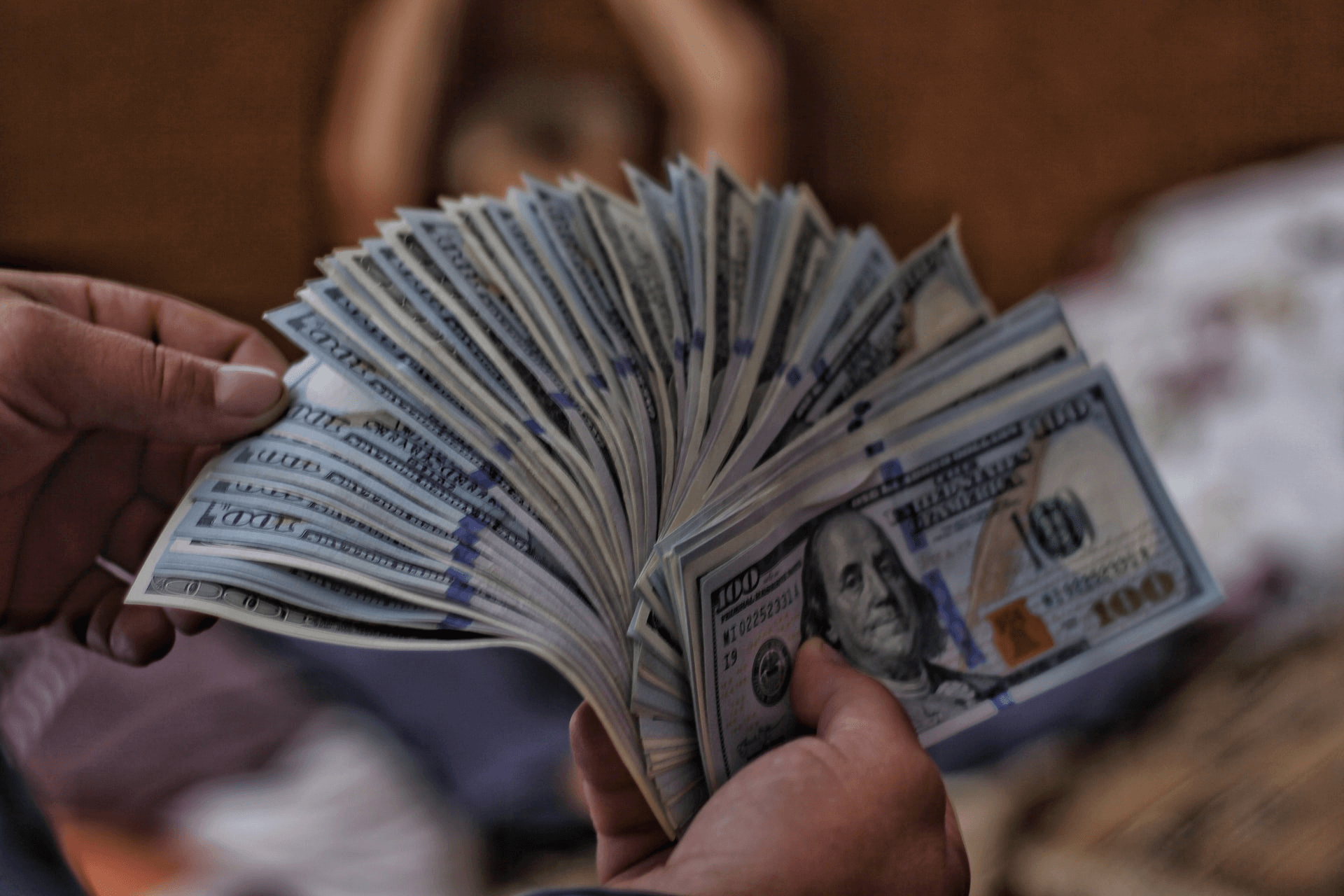My $10,000 Mistake
I’ve been a developer for many years now. Developers know all about copyright law, especially when it comes to digital assets. Most people disregard copyright law; we do live in a world of memes, music covers, and creations by fans of all kinds of media after all. Many of us assume we won’t get caught or can’t be bothered to look for previous works of art that we may infringe upon. Images are an especially tricky business - their origins can be difficult to find, it could be a recreation of an original work, oftentimes there may not be an accompanying copyright tag or claim to an image. Yet, images make up a large part of the web we all enjoy today.
At a previous employer, I was building out our website content. We needed an image to showcase Utah’s awesome landscape. Having procured images in the past, I knew that there were only two correct ways to acquire a new asset, either get a stock image, or pay outright for the use of a commercially licenses image. In all my years I can’t remember ever getting an image that wasn’t from a stock website that would go live for a project I was working on.
Months went by, maybe even a year before it finally happened - a lawsuit. **The defendant: me**. Luckily, because I was employed, the true defendant was my employer. One of the images we had used on our site was a landscape image of the red rock in Utah. From what I can only assume was a routine reverse image search by a lawyer or photographer, this image was found on our website without any license to display this image. We were asked to immediately take it down which we did and replaced it with a stock image. To this day, I cannot reproduce where I initially acquired the image that caused so much trouble. I spent hours, days even looking online to try finding the source of where I got the image. Surely I wouldn’t have just grabbed one from any old site? I’m not even entirely sure if I chose the image initially or if it was provided to me by someone else helping with this page’s design. At the end of the day, this very well could have been on a stock site initially and then removed, it could have landed in my lap from another employee, or I could have been reckless when choosing the image; the damage though had been done.
The verdict was in, we were being sued for $10,000. It’s interesting to think that we weren’t even using this image for profit - it was even buried deep on our site. Sadly we live in a world where people can profit off anything though, even lawsuits. One single image used without permission can cause so much stress; however, I had the most incredible team surrounding me that not only *didn’t* fire me, but encouraged me to improve and remember this in the future. I’m of the opinion that management everywhere can learn a lesson from my mistake and how to handle it with their employees. Business is messy, it’s difficult, and certainly mistakes will be made, but it doesn’t mean we need to go into crisis mode. The next time I’m in management, I’ll be living by the mercy that was shown to me in my time of need.
In the end, we negotiated the fee down to $5,000 and settled outside of court. From this experience, I learned how to be a merciful leader, I learned that everything deserves your undivided attention and that details matter. Copyright law is something to be concerned about and looked out for - it can happen to anyone. My $10,000 mistake doesn’t need to be repeated by others, but can be learned from. There are good people out there willing to fight for you, there are laws and rules to be followed, and there are projects that despite your best efforts and intentions will go south. It’s for this reason that I choose to learn from my mistakes instead of dwell on them.
